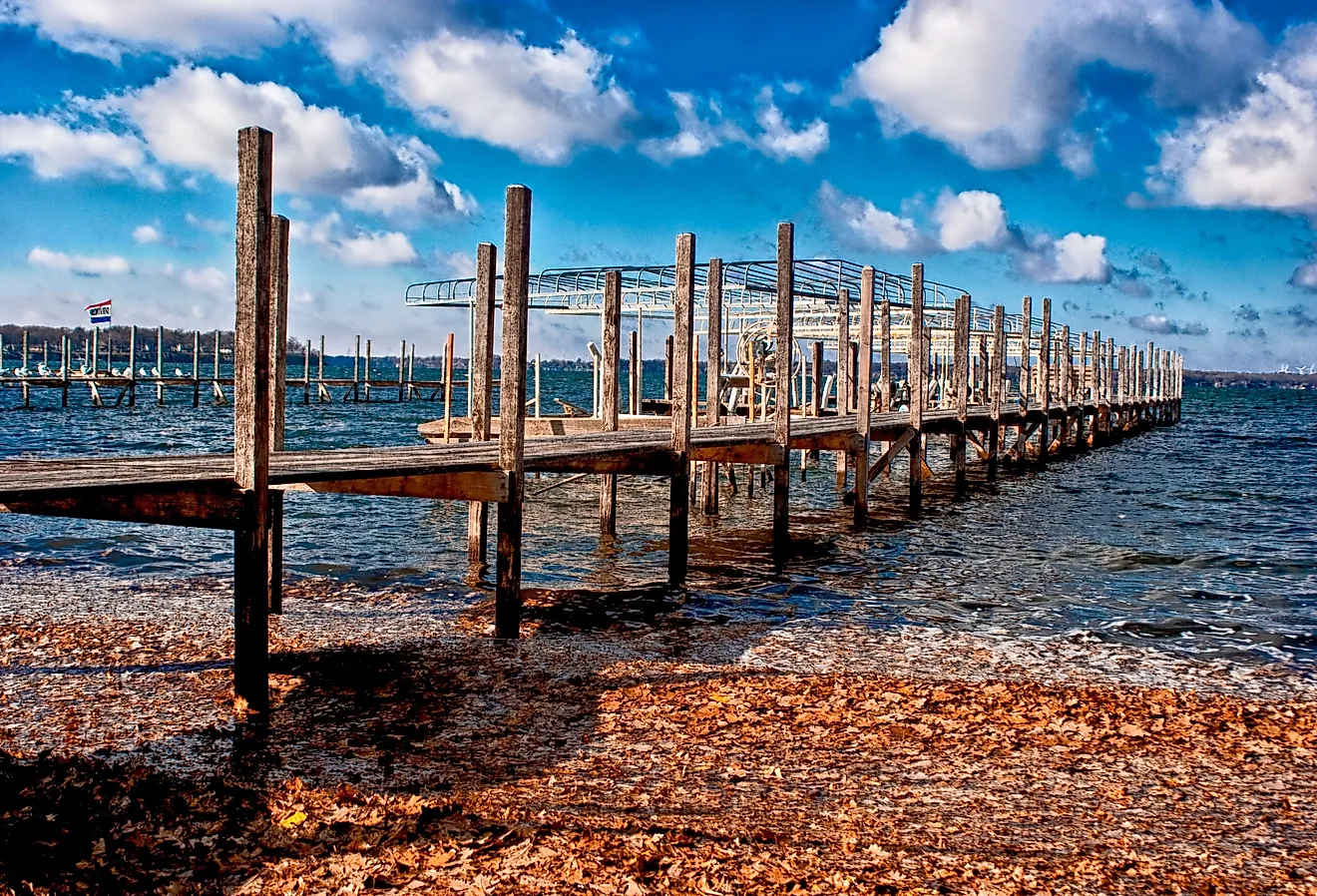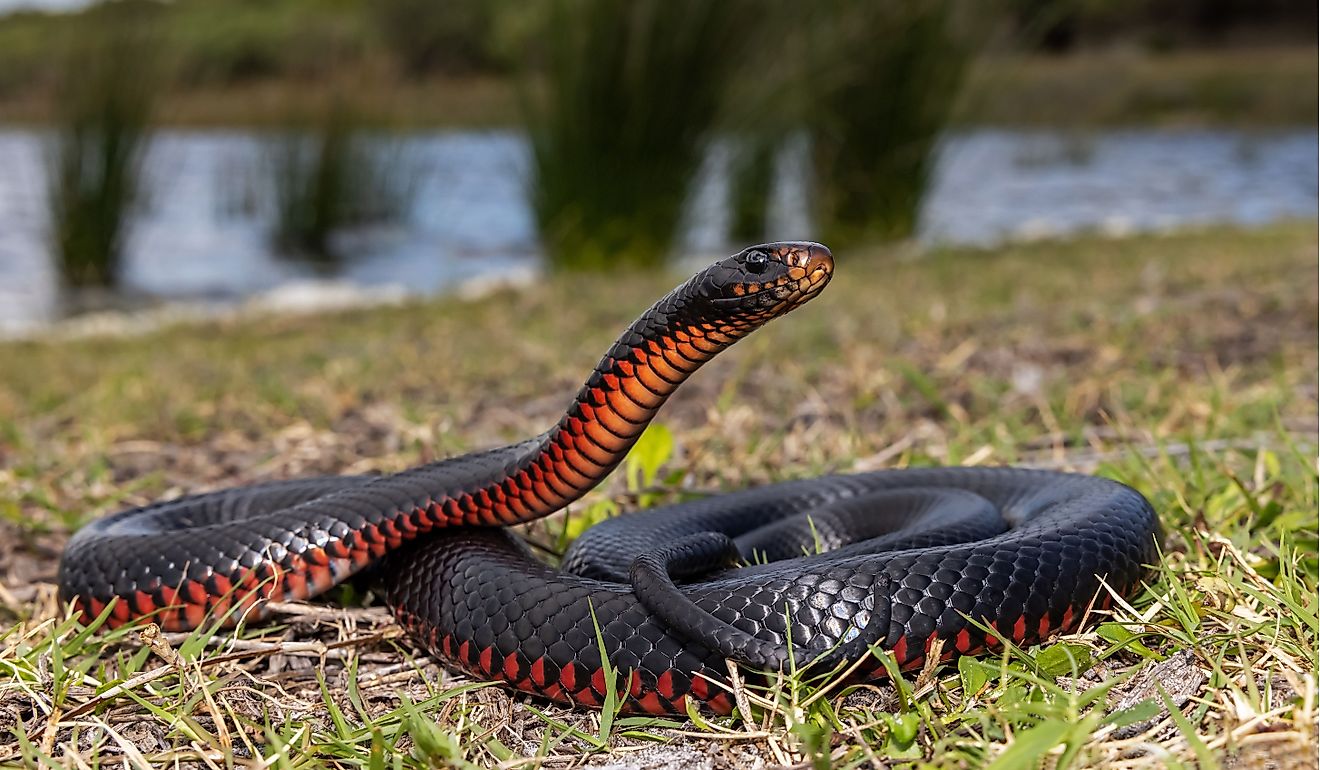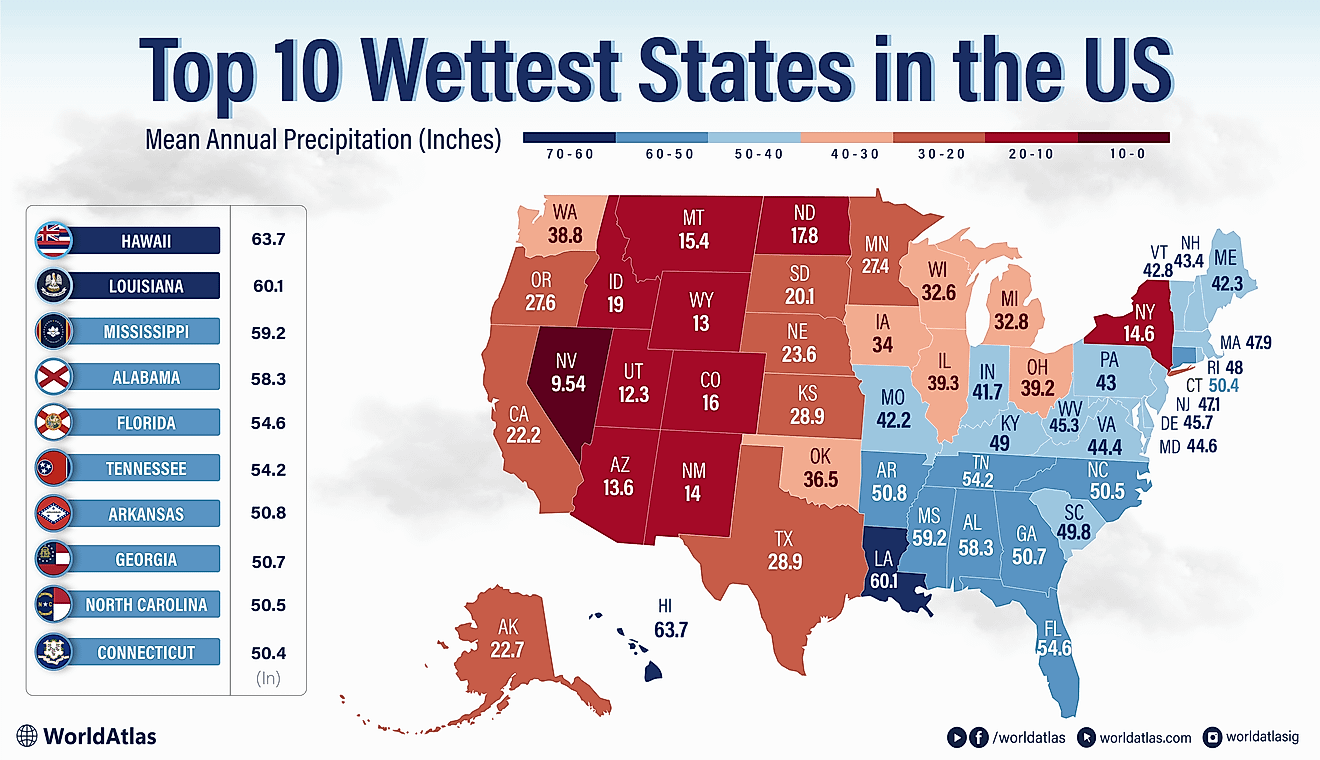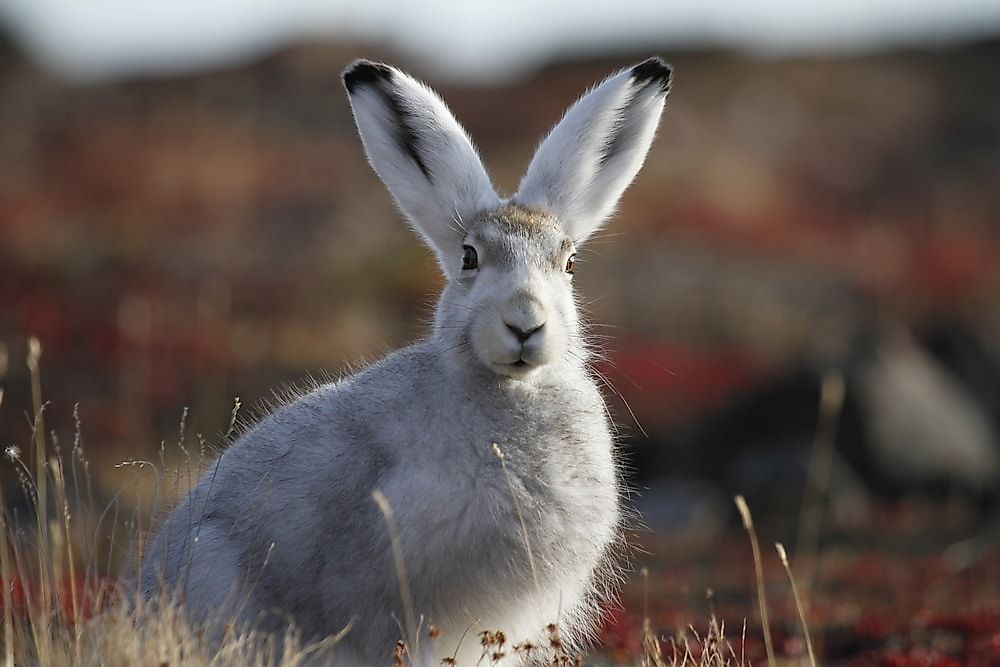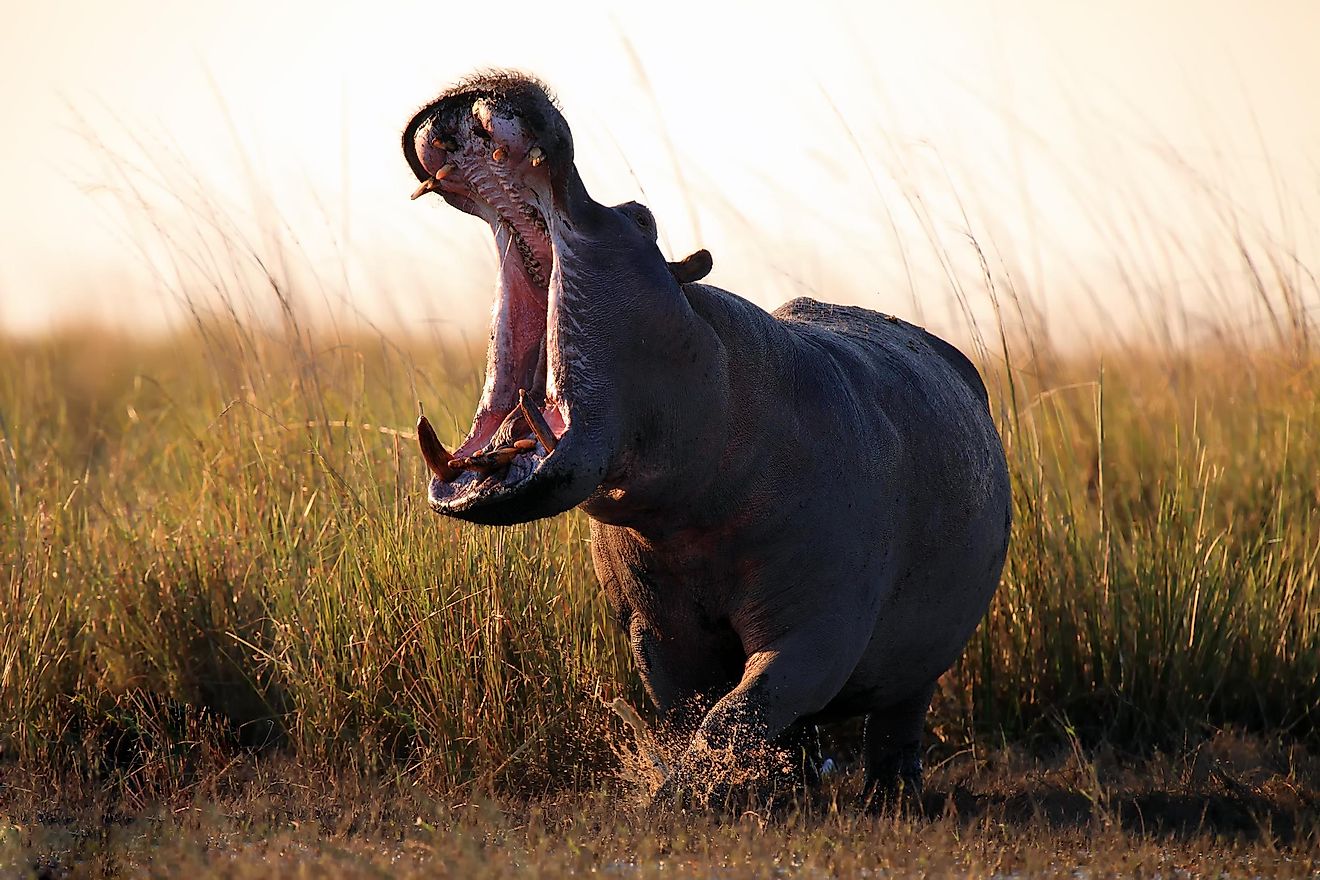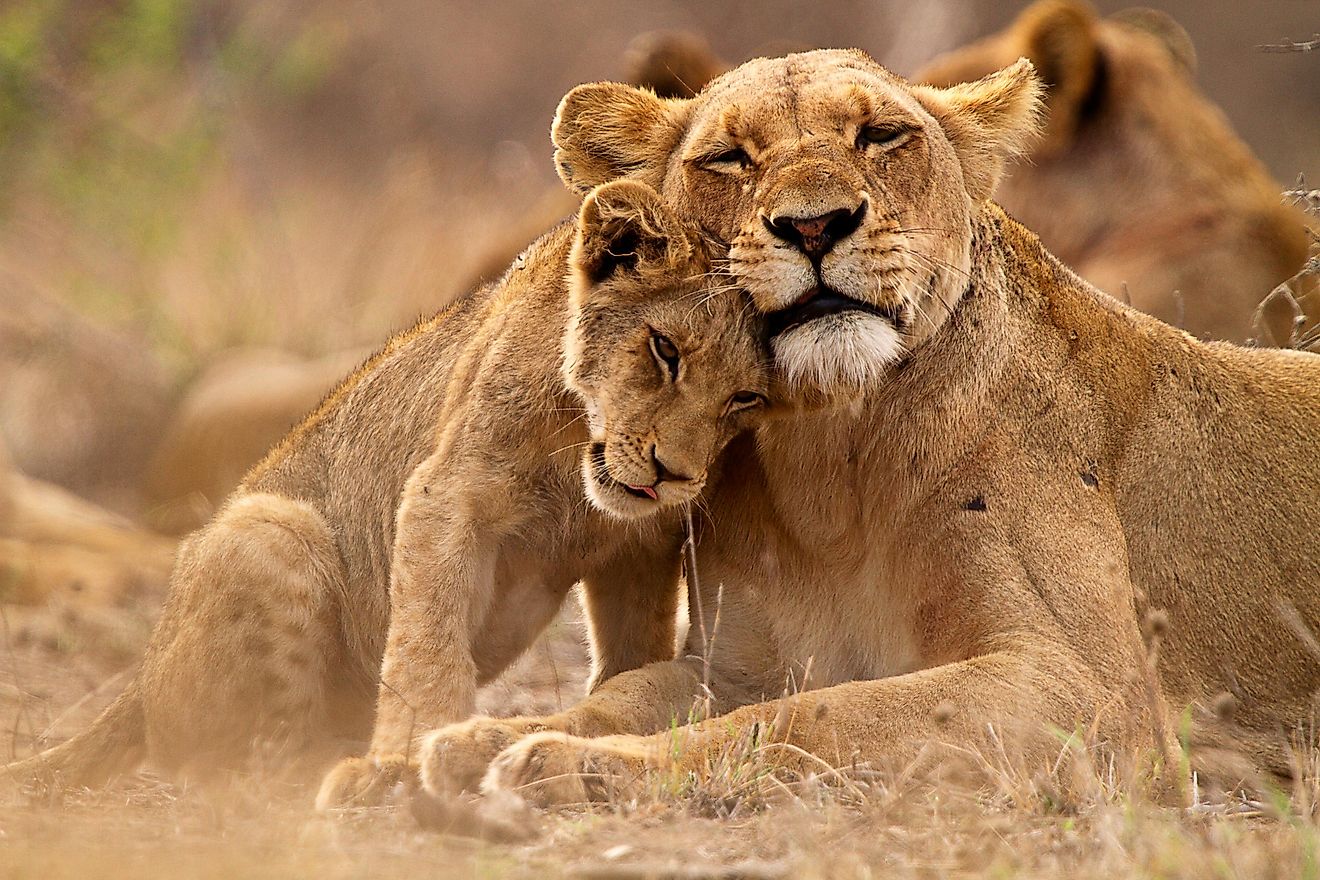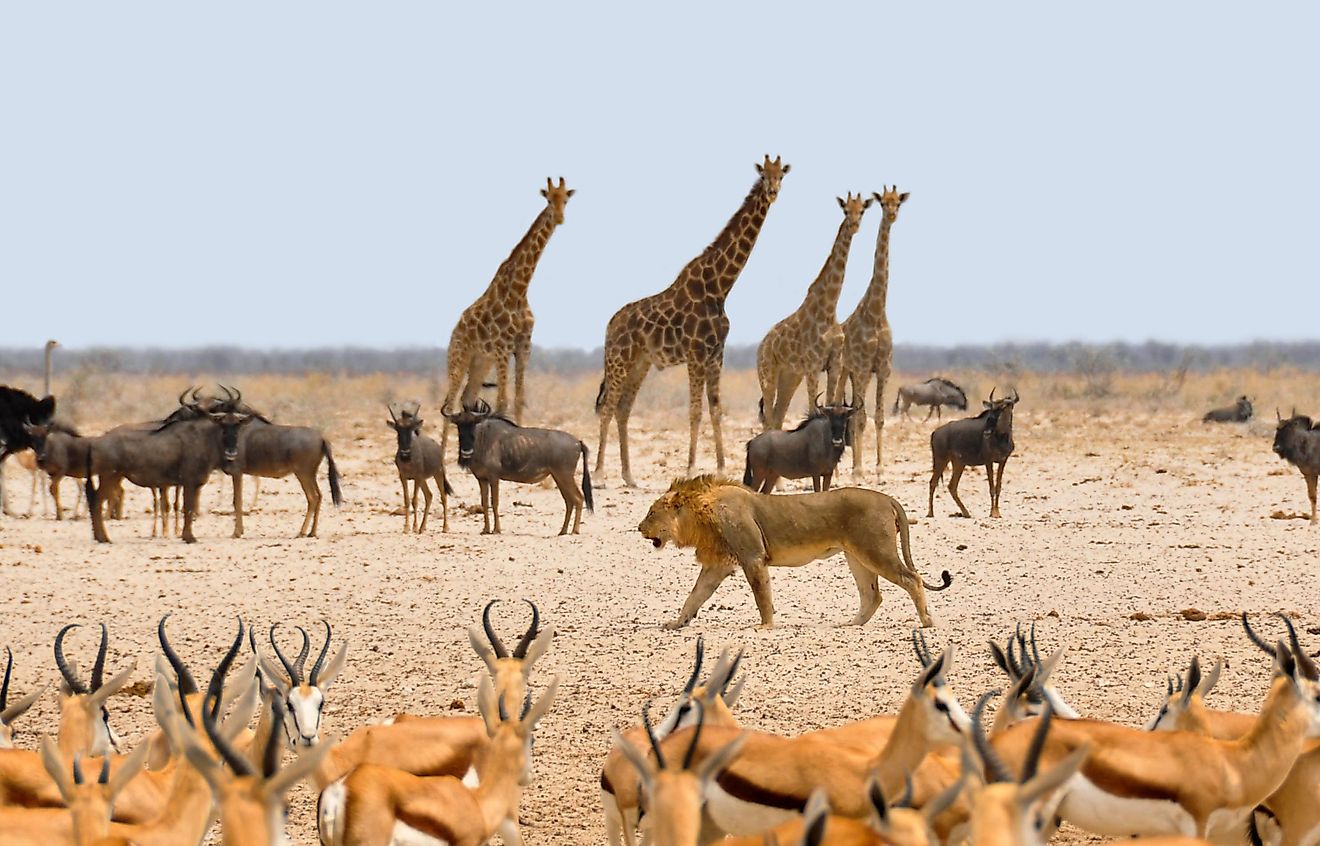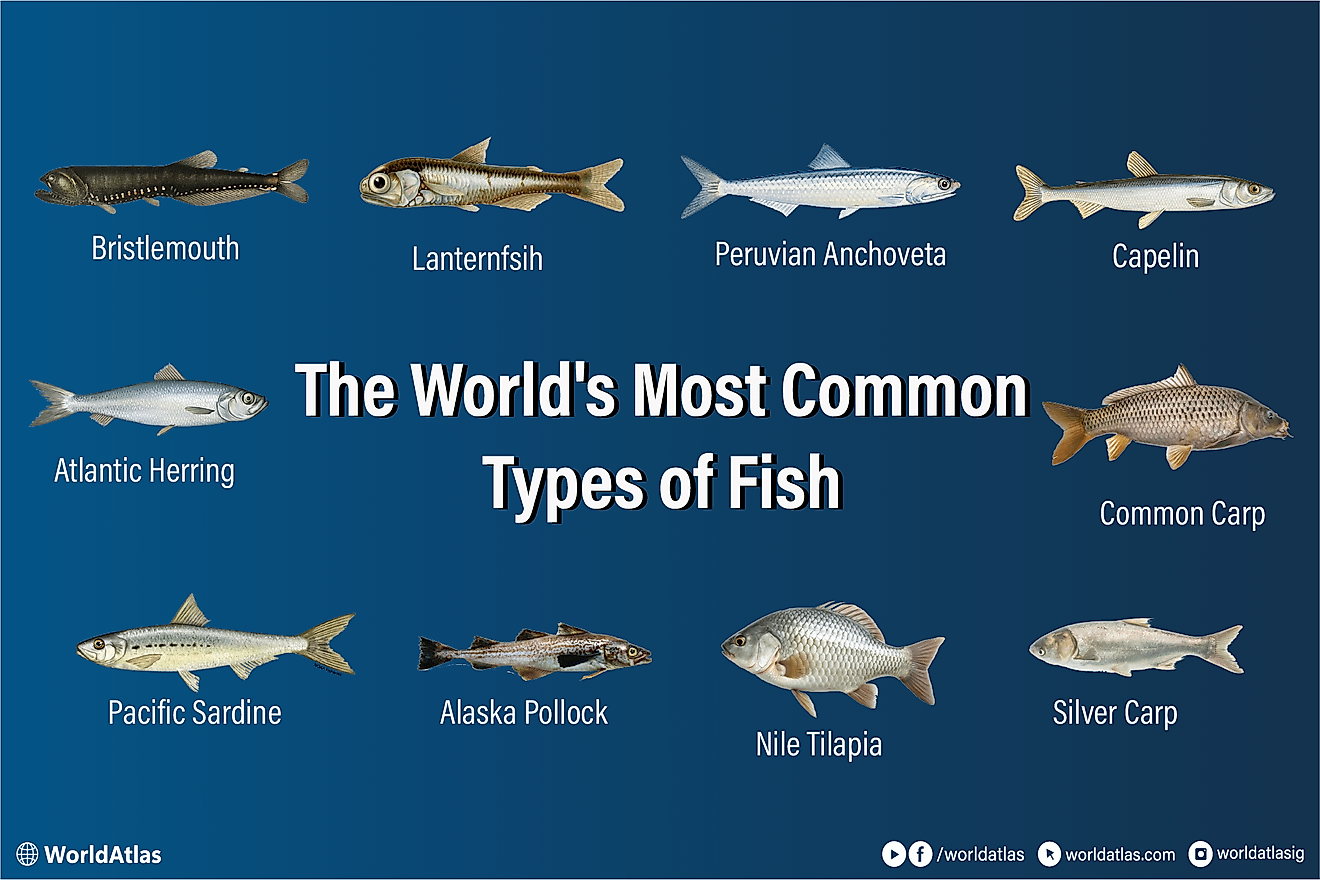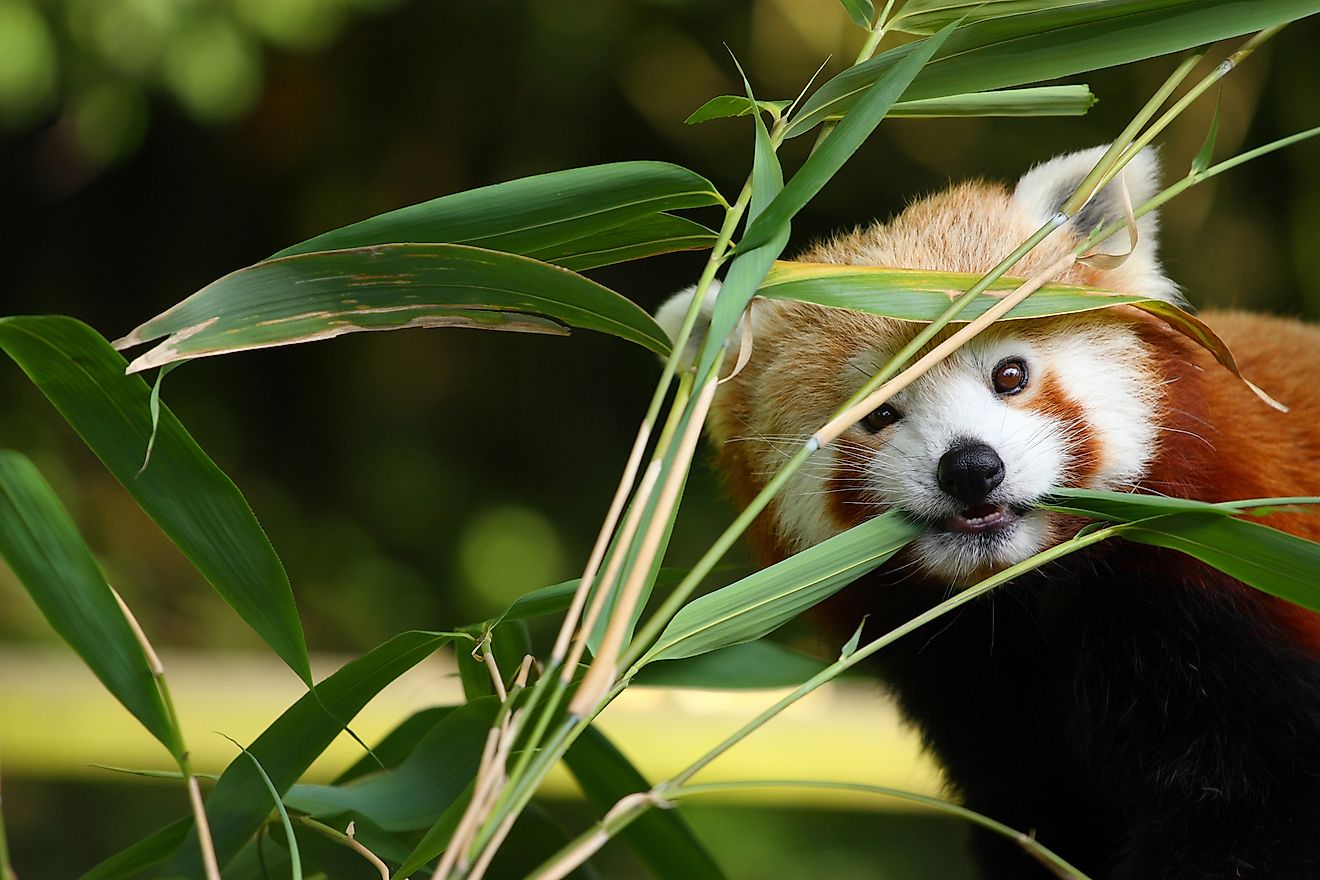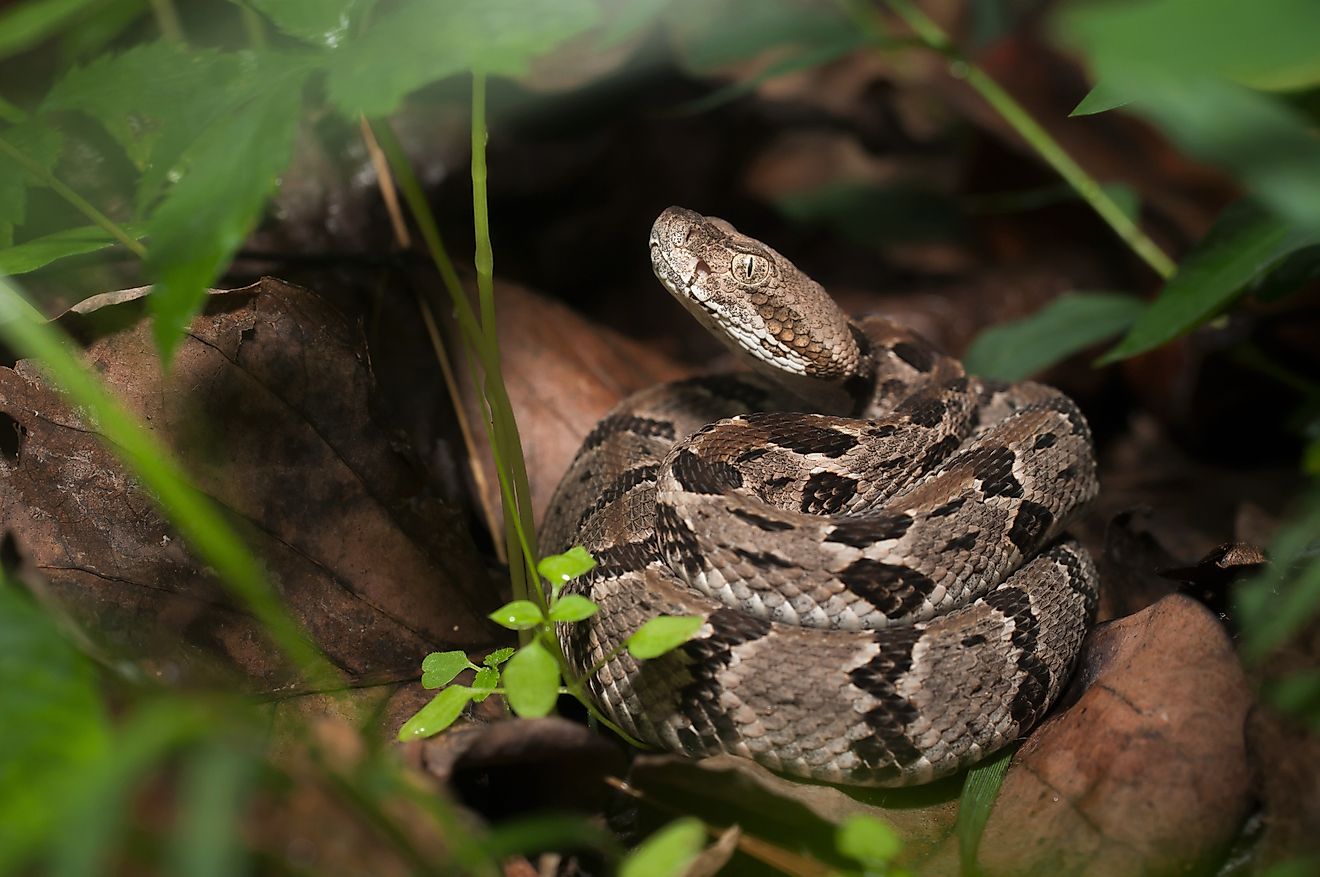
5 Endangered Animals Fighting For Survival In Maryland
Maryland is a fairly small state with a surprising amount of diversity, both in its landscapes and the flora and fauna that call it home. From the sandy shores of the Atlantic coast to its forested hills on the precipice of the Appalachian Mountains, this eastern state hosts a wide range of animal populations, some healthy and some fighting for survival. Let's focus on the latter. Take a look at these 5 struggling species in Maryland and see what you can possibly do to help out.
Appalachian Bewick's Wren
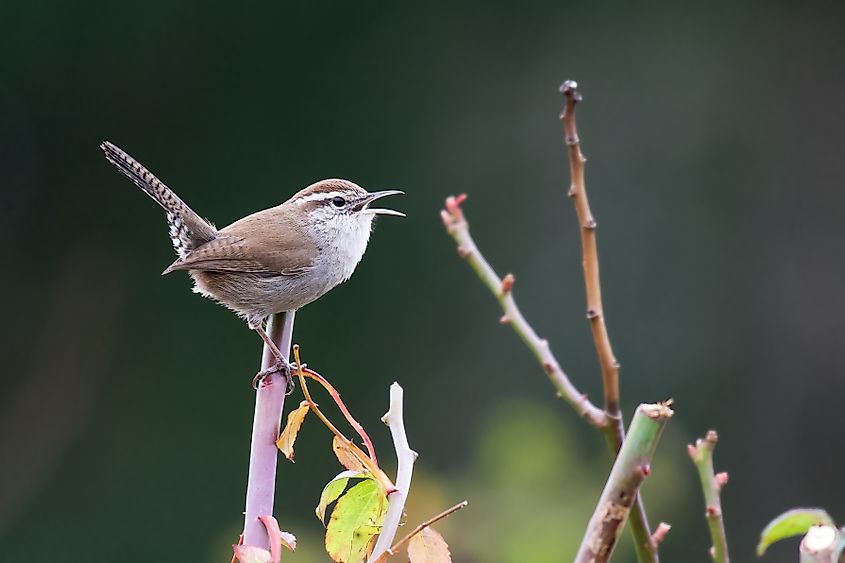
The Appalachian Bewick’s Wren is a small, secretive songbird once found throughout parts of western Maryland, particularly in brushy hillsides and forest edges of the Appalachian region. Recognized by its bold white eyebrow stripe and energetic song, this subspecies prefers thickets near open woodlands and other clearings to get to their primary food source: insects and other small invertebrates.
By the mid-20th century, it began to disappear across much of its range. In Maryland, it hasn’t been documented since the 1980s and is now presumed extirpated from the state. Contributing factors include habitat loss, competition with the more aggressive House Wren, and changes in land management that reduced the shrubby habitat it favored.
Though still present in parts of the central US, the Appalachian/Maryland population has declined to the point of serious federal concern. Its disappearances unveil a story of broader ecological shifts in the region and underscore the vulnerability of habitat specialists when natural landscapes are even slightly altered by human activity. To be sure, in this case, habitat destruction has been quite severe over the decades.
Eastern Hellbender

The Eastern Hellbender is the continent's largest aquatic salamander, historically found in clean, fast-flowing streams across western Maryland. Reaching lengths up to 30 inches, it spends its entire life underwater, preferring to hide beneath large flat rocks and feeding primarily on crayfish.
Like many amphibians, this sizable species is highly sensitive to environmental changes, requiring cool, well-oxygenated water and stable streambeds to survive. In Maryland, the Eastern Hellbender’s range has significantly declined due to factors like pollution, sedimentation, dam construction, and other types of habitat fragmentation. Agricultural runoff and deforestation have also degraded the water quality in many of its native bodies of water.
Although Hellbenders still persist in a few areas of the Youghiogheny River watershed, populations are low and reproduction has become limited. Aptly listed as endangered, recent conservation efforts include habitat restoration, water quality improvement, and nest box programs to better support breeding.
Loggerhead Sea Turtle

The Loggerhead Sea Turtle is a threatened species across the country, one that occasionally nests along Maryland’s Atlantic coastline and uses the state’s coastal waters during migration. They are impressive in size, as adults can grow up to 3 feet long and weigh over 250 pounds. As such, they spend much of their lives in the open ocean, feeding on mollusks, crustaceans, and jellyfish.
Maryland’s coastal bays and nearshore waters provide ideal seasonal foraging habitat, particularly for more vulnerable juveniles. They are not completely safe from danger while near the shore, however. Major threats often include boat strikes, entanglement in fishing gear, plastic pollution, and loss of nesting habitat due to coastal development and rising sea levels. Artificial lighting near beaches can also disorient hatchlings, further reducing survival rates.
Although nesting in Maryland is rare, the state plays a role in the species’ conservation by protecting critical habitat and enforcing regulations on fishing practices. Sea turtle monitoring programs, public education, and marine debris removal are also part of ongoing efforts to support populations up and down the Mid-Atlantic coast.
Frosted Elfin
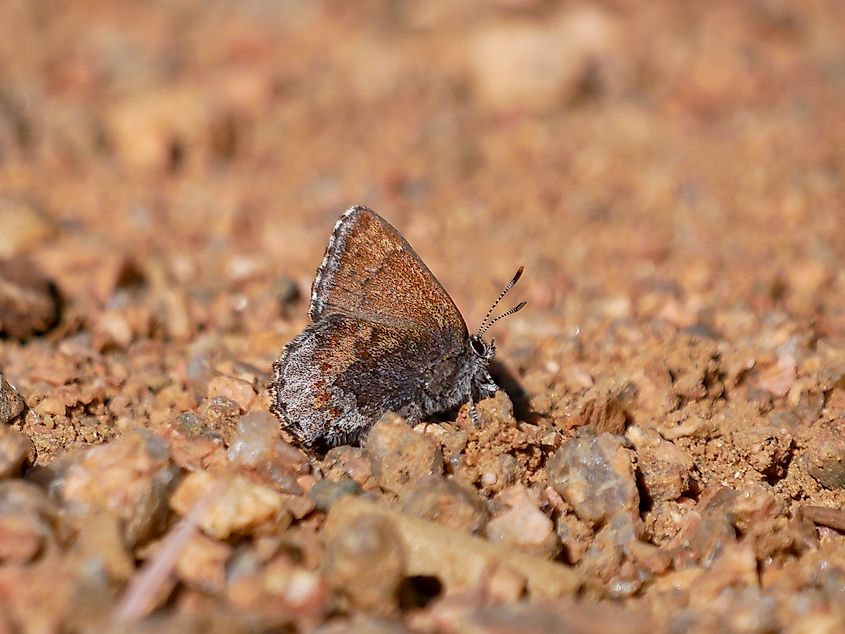
The Frosted Elfin is a type of small, brown butterfly with a short tail on each hindwing and a silvery sheen that gives it its name. In Maryland, this species is rare and officially state listed as endangered. Habitat loss due to development, fire suppression, and changes in land management has led to a significant reduction in its population.
They primarily inhabit dry, open woodlands and grasslands with sandy soils, where their larval host plants, such as wild indigo or lupine, are present. The Frosted Elfin’s life cycle is tightly linked to the availability and health of these plants, which, as mentioned, are in decline due to poor land management.
The butterfly is now limited to a handful of isolated sites in the state, mostly in the Coastal Plain and Piedmont regions. Efforts are being made to protect and restore suitable habitat, manage vegetation through prescribed burns or mowing, and monitor existing populations. Protecting Frosted Elfins will not only ensure the survival of the species, but it will also enable them to continue serving a functional role as an indicator of the general health of native plants.
Maryland Darter

The Maryland Darter is one of the rarest freshwater fish in North America and is endemic to Maryland. First discovered in 1912 in Swan Creek, a tributary of the Susquehanna River, this small, bottom-dwelling species is notable for its extremely limited range and elusive behavior, making it one of the rarest fish species in the entire world!
It prefers fast-moving, well-oxygenated riffles over clean gravel substrates, habitats that have declined due to pollution, siltation, and stream modification within Maryland's now somewhat densely populated borders. In fact, the darter has not been definitively observed since 1988, despite repeated survey efforts, and is feared to be extinct. However, it remains listed as endangered at the federal and state levels.
Conservation efforts have focused on habitat protection, improved water quality, and continued monitoring in hopes of rediscovery. The Maryland Darter's precarious status highlights the impact of habitat degradation on specialized aquatic life and the ongoing challenge of conserving biodiversity in heavily developed watersheds like the lower Susquehanna.
Help Protect Maryland's Wildlife Today
Do you live near any of these animal species? Were you aware that they are being threatened to near extinction? Whatever the case may be, knowing more about your surroundings is the first step to making things better. Whether you decide to help out with local conservation programs or simply opt to lower your ecological footprint at home, you certainly are capable of making a change for the better in Maryland's natural environments.
